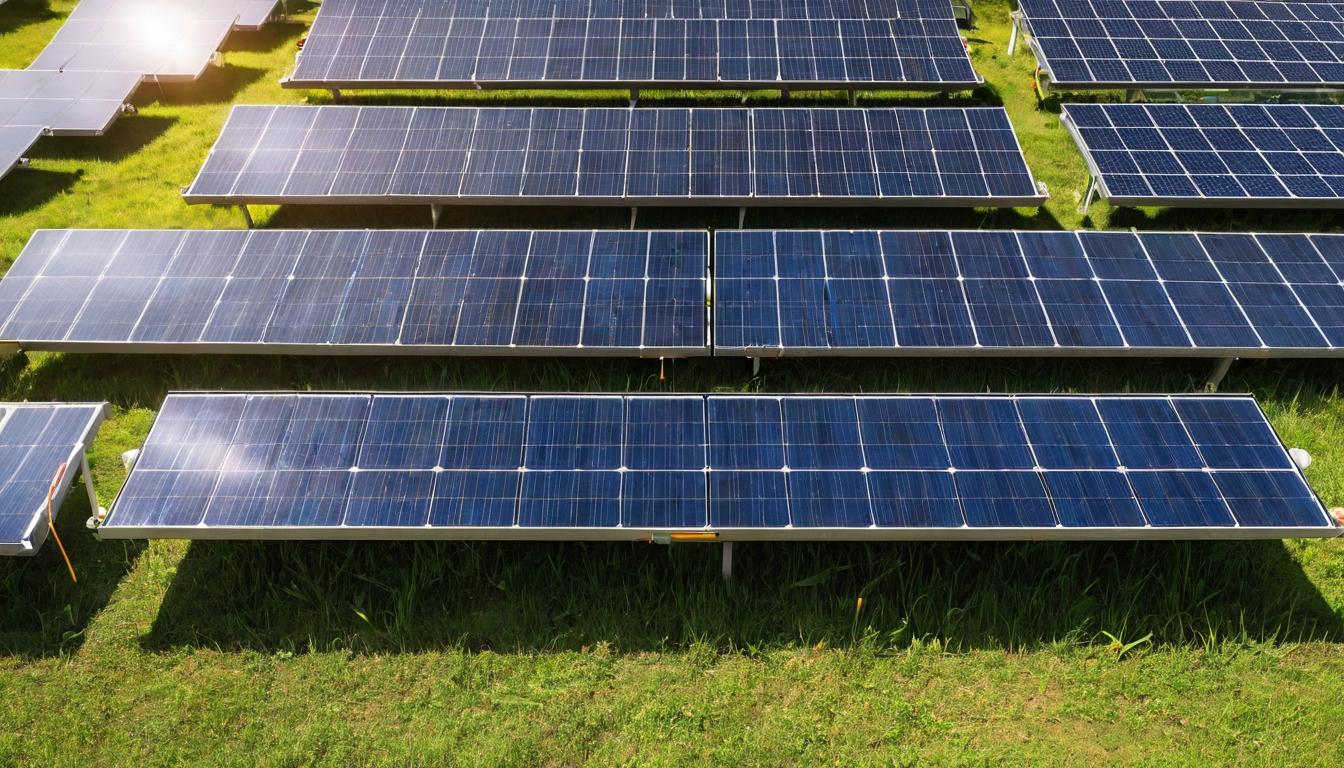In the sprawling solar farms of California and the rooftop arrays dotting suburban neighborhoods, a quiet revolution is brewing—one that addresses the industry's dirtiest secret. While solar energy promises clean power, the end-of-life management of photovoltaic panels has long been the elephant in the room. But innovative companies and forward-thinking policies are turning this potential environmental liability into a remarkable opportunity.
Walk through any solar installation today, and you'll see panels guaranteed for 25-30 years of service. What happens when those decades pass? Until recently, most decommissioned panels ended up in landfills, their valuable materials—silver, copper, silicon, and glass—lost forever while potentially leaching toxic elements like lead and cadmium. The solar industry's rapid growth means we're approaching a tsunami of retired panels, with estimates suggesting over 80 million metric tons of panel waste by 2050.
Enter the recyclers. Companies like First Solar and European firms like Veolia and ROSI have developed sophisticated processes that recover up to 95% of a panel's materials. The technology involves thermal, mechanical, and chemical treatments that separate glass, metals, and silicon with remarkable efficiency. What was once considered waste is now being viewed as an urban mine—a source of valuable materials that reduces the need for virgin mining.
The economics are finally starting to make sense. As panel volumes increase and recycling technologies improve, the cost of recycling is dropping while the value of recovered materials rises. Silver recovery alone—each panel contains about 20 grams of the precious metal—makes recycling increasingly financially viable. Several states have begun implementing extended producer responsibility laws, requiring manufacturers to fund and manage recycling programs, creating a sustainable funding model.
But the innovation doesn't stop at simple material recovery. Researchers are developing next-generation recycling techniques that can actually upgrade materials rather than just recovering them. Some processes can purify silicon to solar-grade quality, allowing it to be reused in new panels rather than being downgraded to metallurgical-grade silicon. This closed-loop approach could significantly reduce the energy and carbon footprint of new panel production.
The industry is also rethinking panel design for recyclability from the start. Manufacturers are developing panels with easier-to-separate materials, fewer toxic components, and modular designs that allow for component replacement rather than full panel replacement. These design innovations, combined with advanced recycling techniques, are creating a circular economy for solar that few outside the industry even know exists.
For consumers and businesses, this evolving recycling ecosystem means that going solar is becoming truly sustainable from cradle to grave. Many installers now offer take-back programs, and recycling facilities are expanding across the country. The next time you see a solar array, remember that the technology capturing the sun's energy today will eventually be reborn into new panels tomorrow—a silent cycle of renewal happening right before our eyes.
The hidden revolution: how solar panel recycling is quietly transforming the industry

